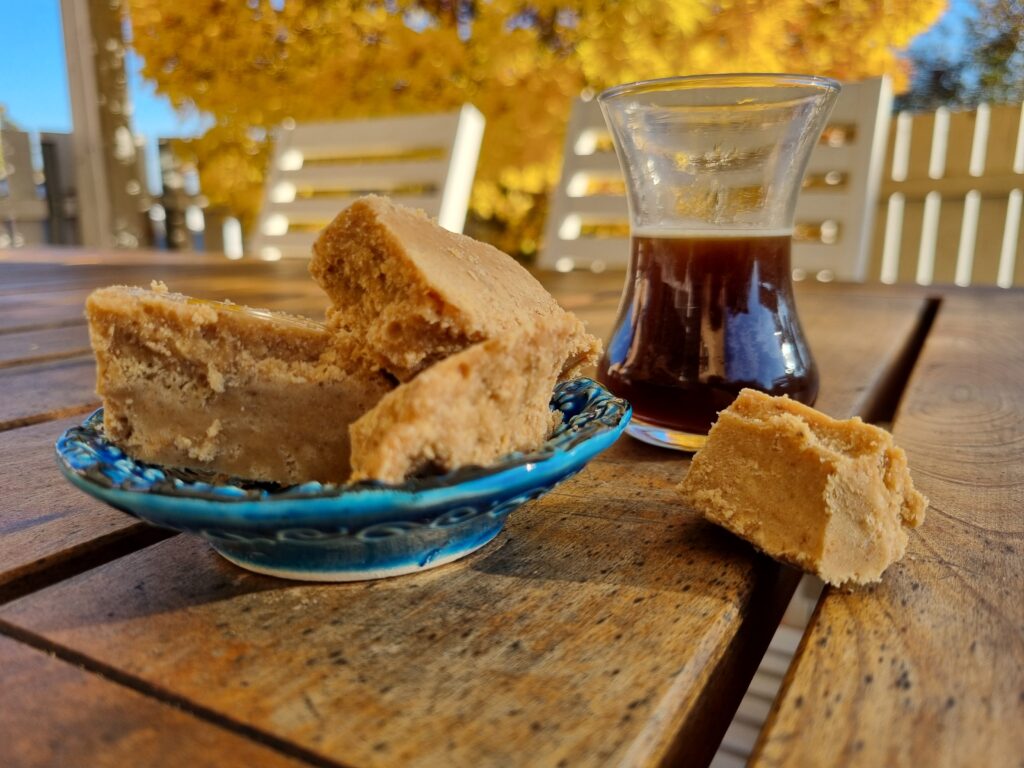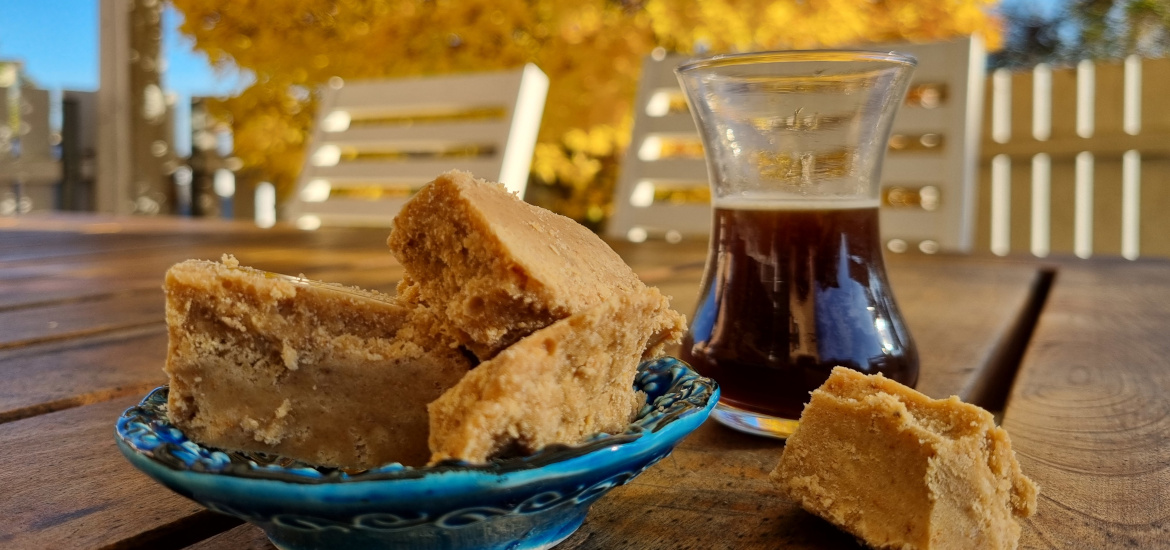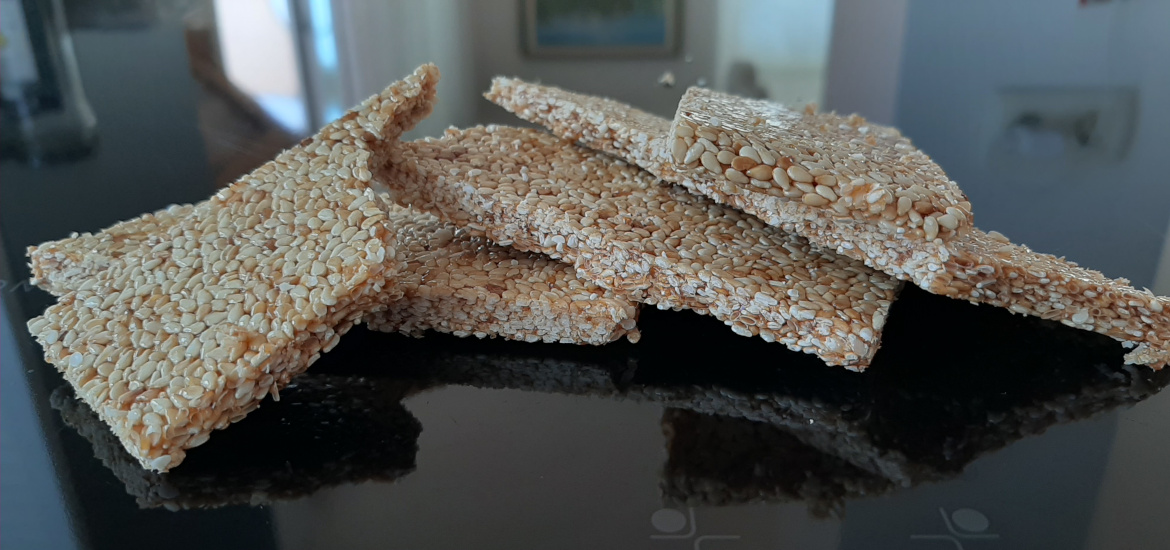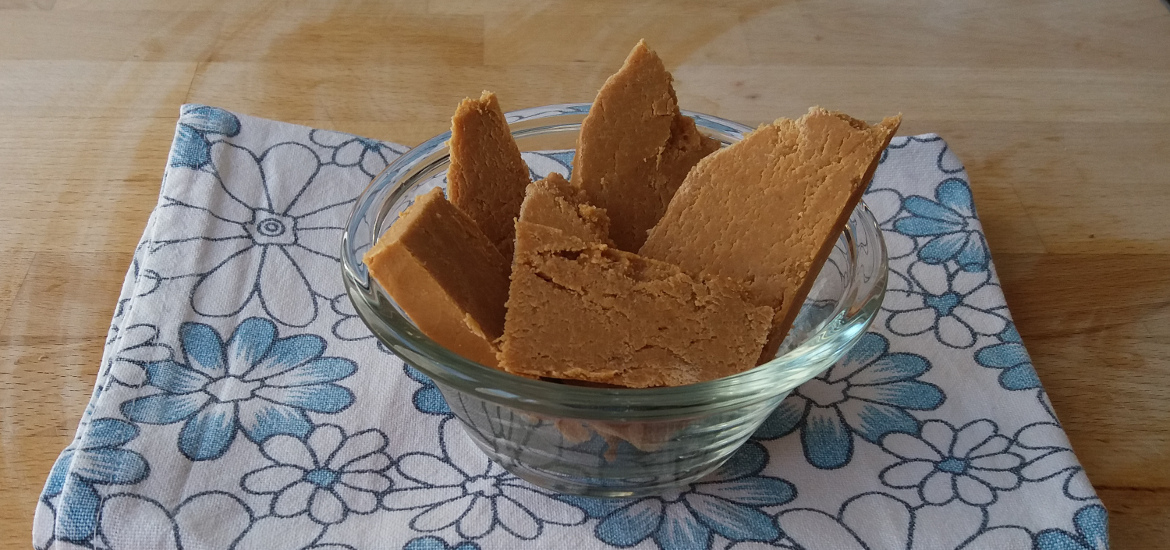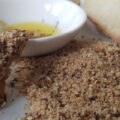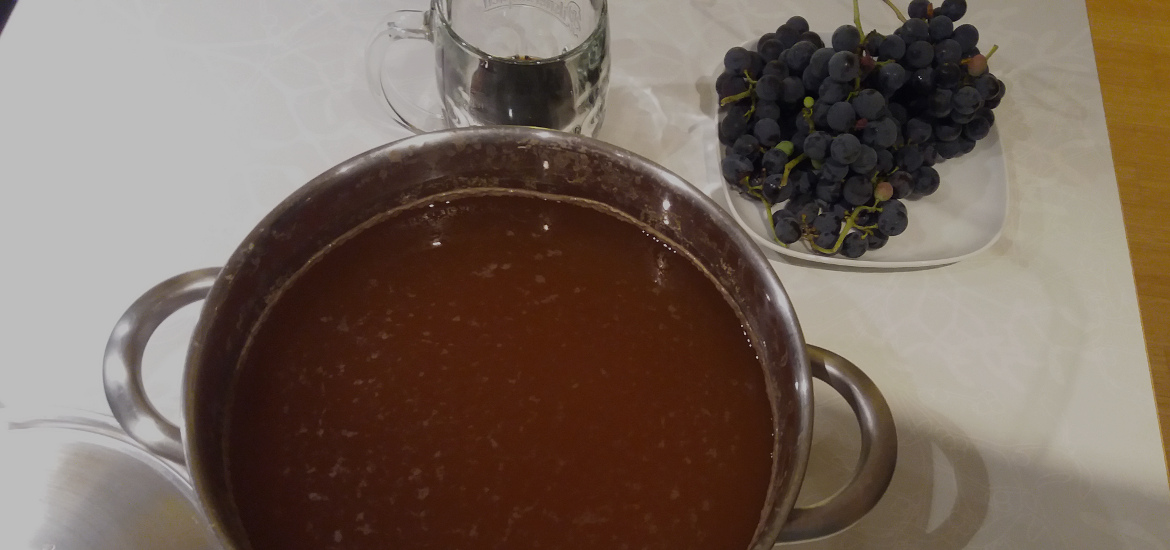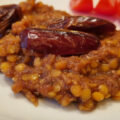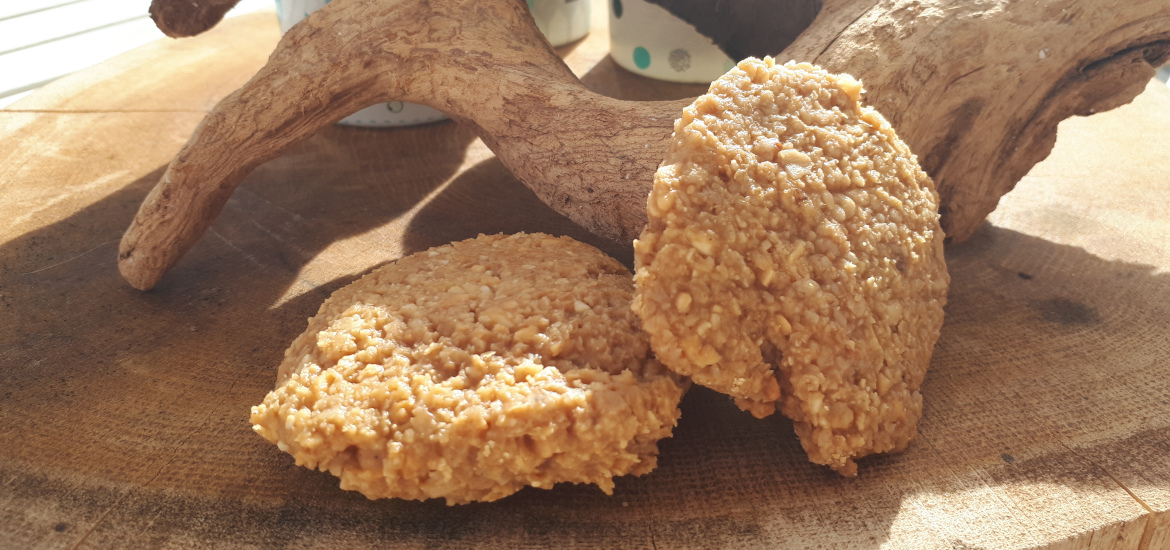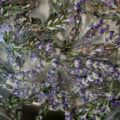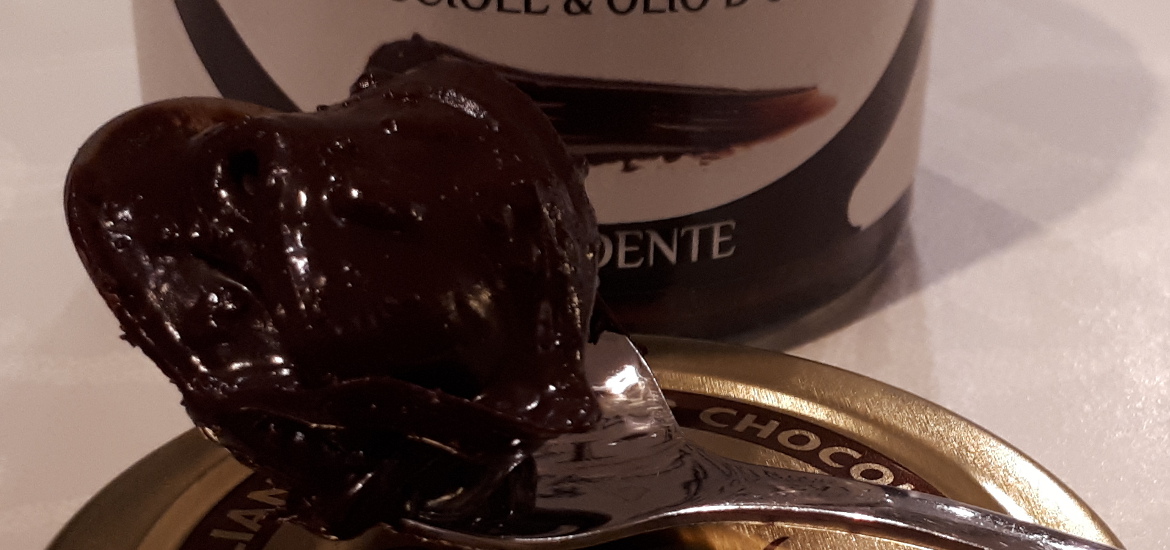I really like sweets. Fudge is an awesome sweet but due to high lactose content, it’s not suitable for lactose-intolerant people. Halva is a close cousin to fudge – also sweet and delicious, with a gorgeous texture. When I searched for a nice and easy recipe I realized that there are a couple of variations. And we are talking Variations with a capital V. It nearly blew my mind seeing all the options on Wikipedia. Imagine – if these are the official versions, how many local variations might exist? There’s tahini on one side, butter and flour on the other, and sunflower seeds in between. Amazing!
So there is no other way but to test some of the options and decide for myself which one is my favorite. A really sweet challenge!
Flour based halva
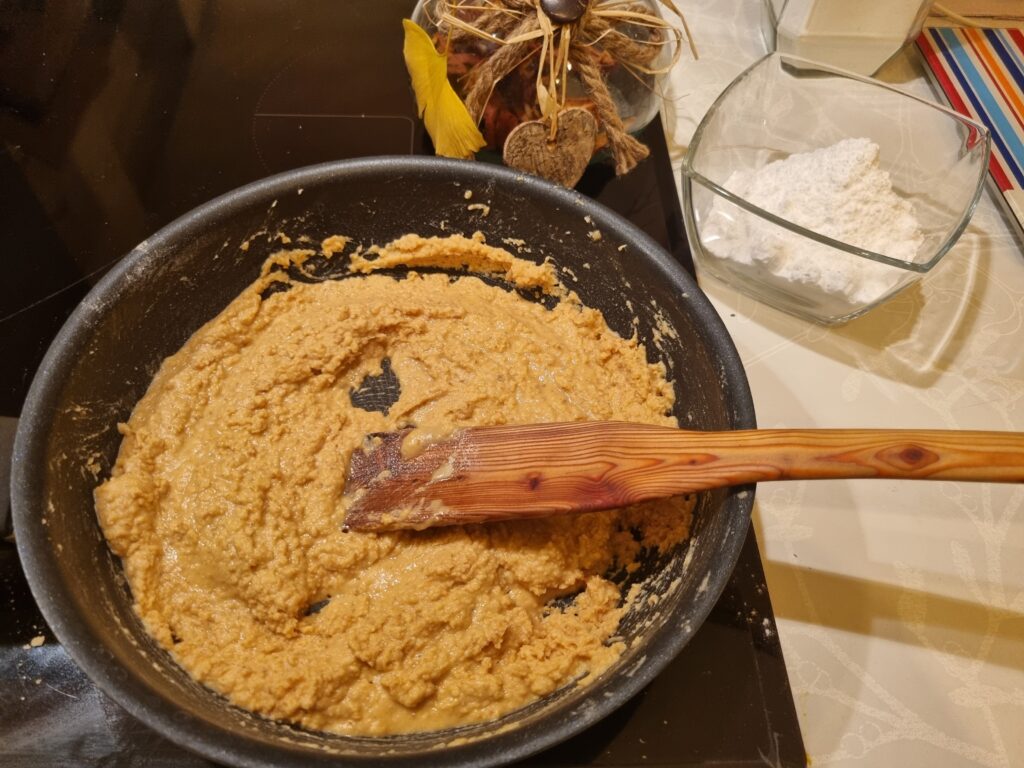
This one seems simple to make, since It has only three ingredients: flour, butter and sugar. But a closer look reveals, as suspected, that there are countless local varieties. From using bread to ensure the texture to sugar syrup to prevent sugar crystals. I will definitely stay true to the basic recipe and use only the basic three ingredients.
However, I also believe that the texture should be smooth , with no sugar crystals in the halva. So this ingenious idea of using powdered sugar came as a revelation! But I was still not finished, since even with only three ingredients, the recipes could not align on the ratios of the ingredients. The worst was the ratio of flour to sugar, which ranged from 1:1 to 1:5 in favor of flour. I guess some like their halva really sweet.
Due to this uncertainty, I decided to test the ratios on the go. I started with 2 parts of flour to 1 part of butter, but added more butter in the end to make the mix a bit softer. Since the mixture was relatively dense, I added the same amount of sugar relative to butter, to be able to mix the mass well. I guess one can add more, if sweeter halva is what you prefer. According to the recipes found, you can almost double the amount that I used!
The final result was superb. The taste reminded me of hazelnut and buttered popcorn – fantastic! The texture was smooth, slightly grainy due to the flour, but pleasant on the tongue and tender as a breeze. Definitely a success!
Flour halva recipe
- 200 g flour
- 140 g butter
- 140 g powder sugar
Melt the butter and add flour. Slowly cook on medium heat for about 20 minutes. The flour should slowly turn golden brown. The longer you cook, the more intense the taste will be. Anything from light golden brown to dark hazelnut brown is fine. Sieve the powdered sugar to break down any lumps and add it to the flour. You can leave the pot on the cooker to keep the butter soft, while you mix in the powdered sugar. When the mixture is nice and even, put it in a suitable container and let it cool down. Finally, cut the halva and enjoy!
Sesame based halva
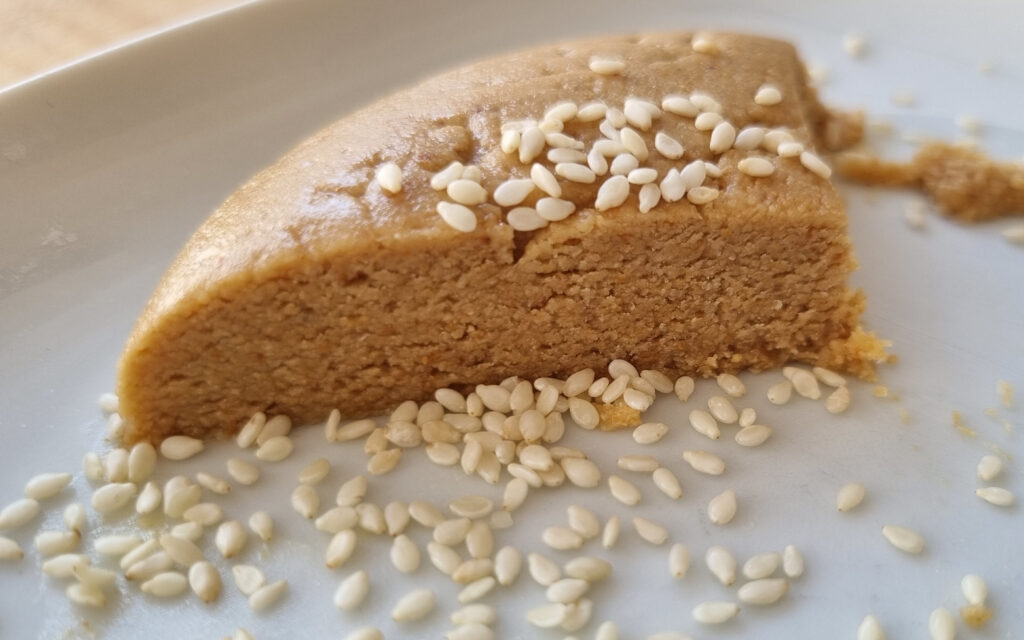
This one is also super simple to make since it has only two ingredients. Basically, you roast the sesame seeds, grind them, and add sugar or honey. Here, the ratios are simple – just add sugar or honey to your liking. Naturally you can also add flavors, as shown here.
The only potentially challenging part is the grinding of the sesame seeds. Usually, a blender works fine, but I wasn’t sure if all blenders could handle it. Especially mine, which is a bit old and worn-out. Well, I couldn’t be more wrong! Sesame seeds mill super easy. The only issue I had was not having enough seeds in the blender, so I had to stop blending, scrape off the seeds and continue. In the end it worked perfectly.
I also added powdered sugar directly into the blender, which worked well. I added 50 grams of powdered sugar to 100 g of sesame seeds. The result was good, although the halva was relatively soft. Perhaps adding more powdered sugar could do the trick.
Sesame halva recipe
- 100 g sesame seeds
- 50 g powdered sugar
Roast the seeds in a pan until they turn golden brown. Do not overdo it, since the halva can taste bitter. Transfer the seed to the blender and blend until you get a smooth paste. Try a small amount to see if the paste is smooth enough for your taste. Usually you start to see oil on the surface when the paste reaches the desired smooth consistency. Add sugar in the blender and blend until you get a uniform mass. Transfer the mass into a suitable mold (a bowl…) and let it rest overnight. Finally, on the next day, jutr take the halva out of the mold, cut it and enjoy!
Tahini Halva
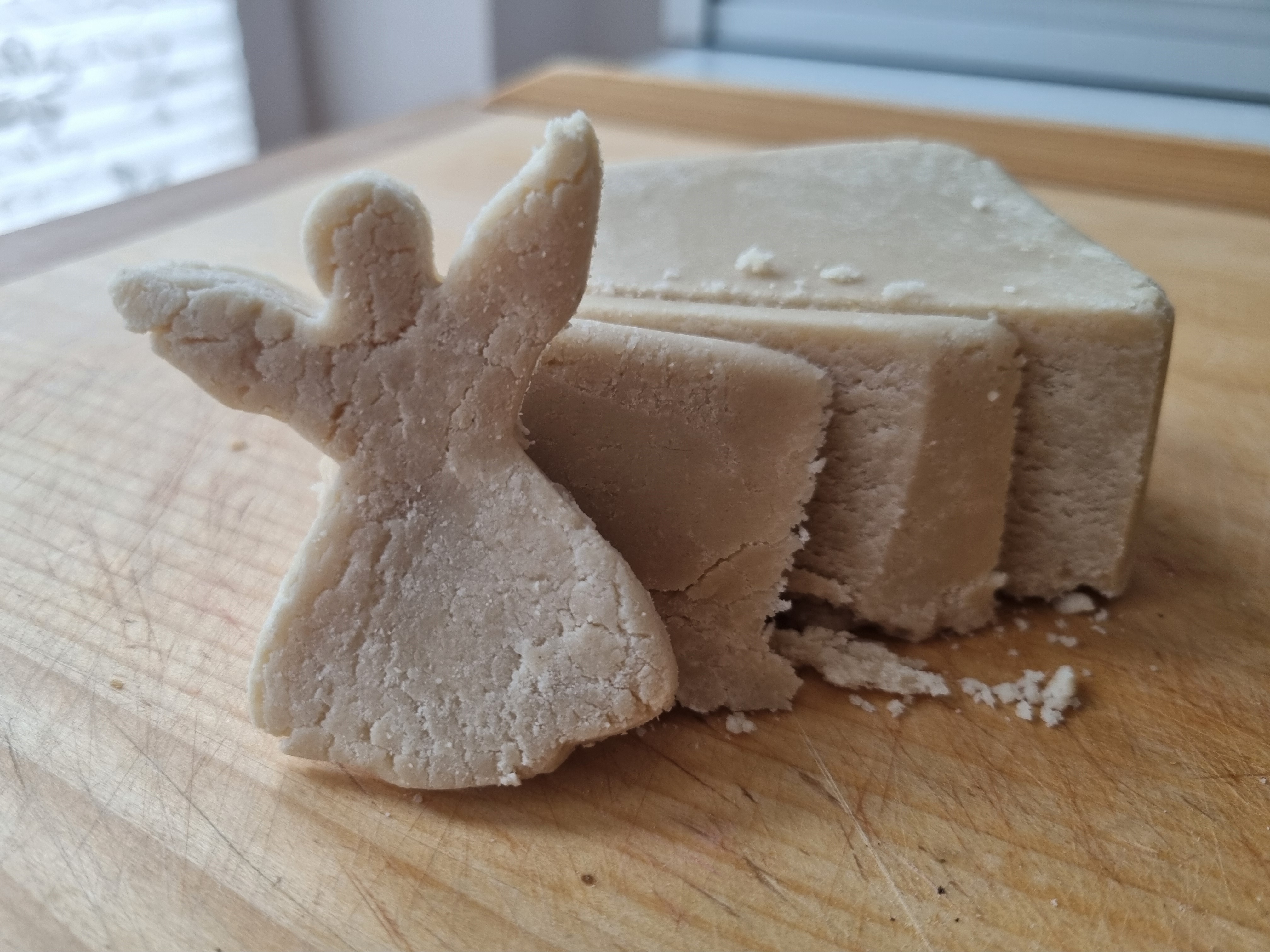
This halva uses tahini instead of sesame seeds. Since tahini is nothing else than grounded sesame, there is essentially no difference. But there is a twist! Usually, sugar is used in the form of sugar syrup, heated to the soft ball stage. This makes halva more compact and with a different texture compared to the halva that uses powdered sugar.
The ratios here are more straightforward: tahini and sugar should be in 1:1 ratio (volume or mass, it is roughly the same). For the sugar syrup use three parts sugar and one part water. However, the preparation has a few tricky steps. Mixing in the sugar syrup with tahini should be just right, not too much and not too little. Adding a bit of lemon juice to the sugar syrup helps prevent sugar crystallization. Finally, the sugar syrup should be cooked to a soft ball temperature – that is around 113-115 °C. Surprisingly, my first try went smoothly – so there is really not much to it!
Tahini halva recipe
- 100 g sesame seeds
- 100 g powdered sugar
- 33 g water
- A drop of lemon
Mix water, sugar and a drop of lemon in a bowl. Heat until it starts to boil and continue cooking on low heat until the temperature reaches 113-115 °C. Add the sugar syrup to the tahini paste and mix slowly. When the paste cools down it will get denser and finally reach dough consistency. Now the mass can be molded to whatever shape you want. After shaping the mass, allow it to cool down and then you are ready to go!
